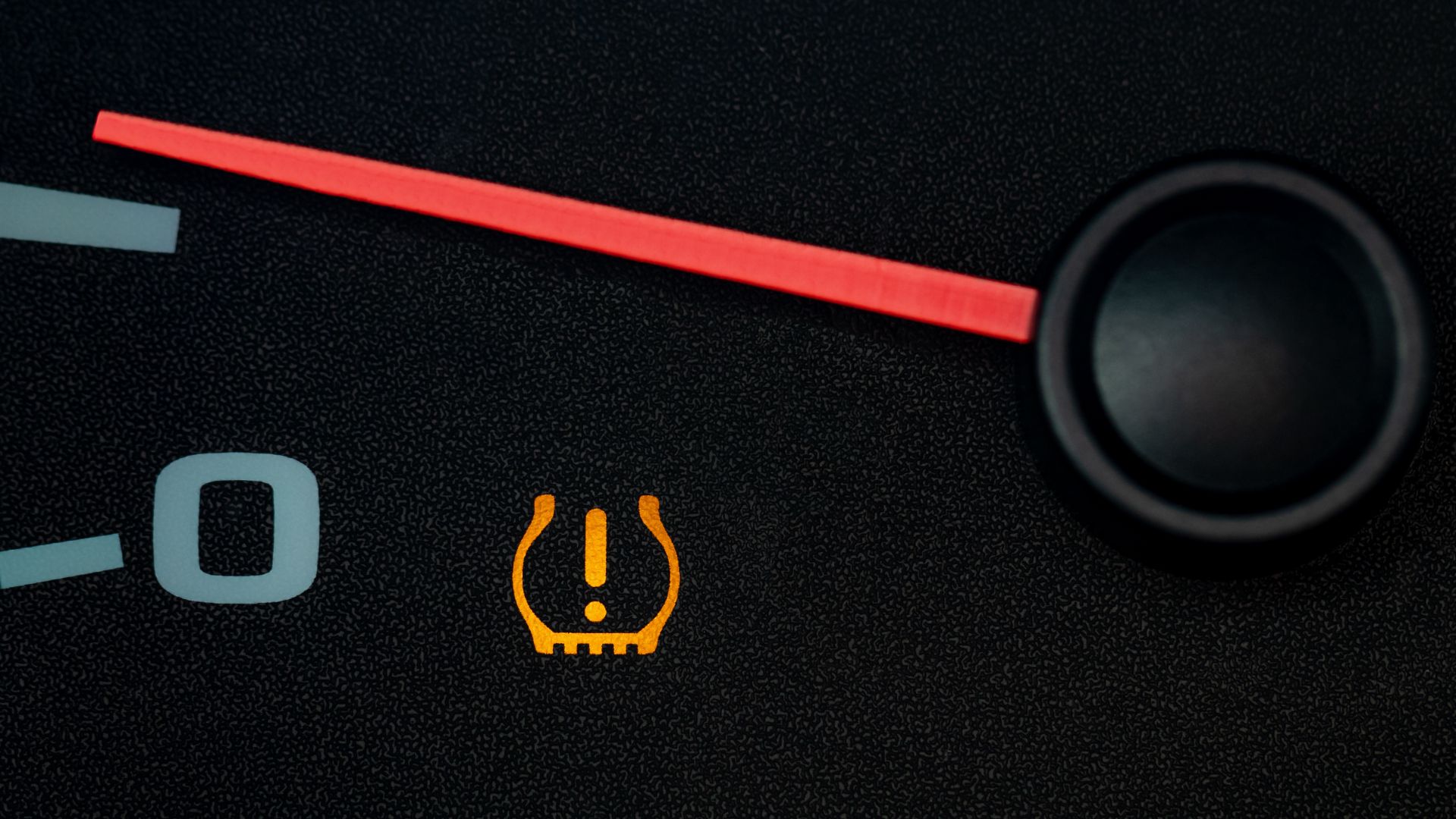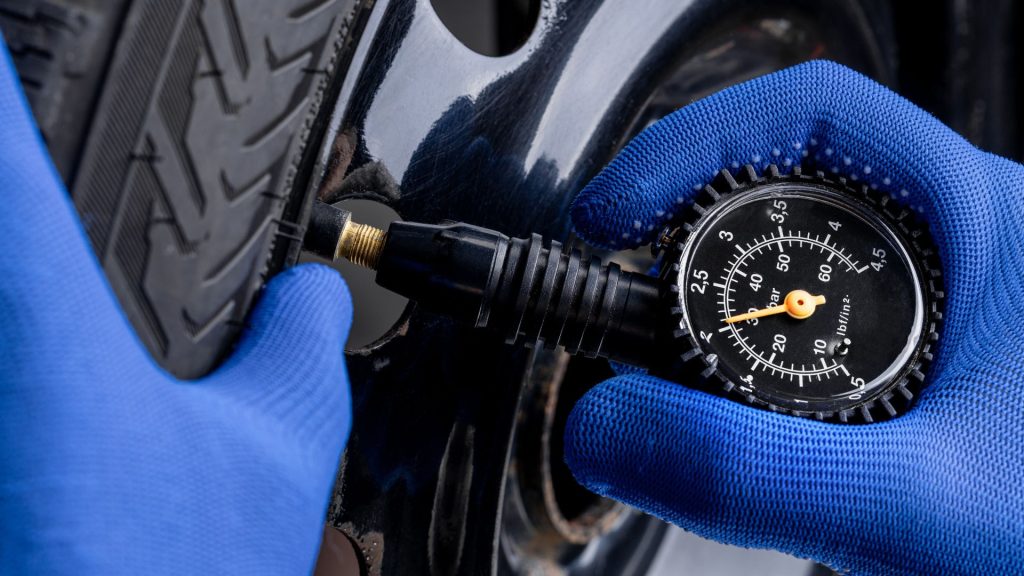How to reset tire pressure light — by different car brands
Master the straightforward process of resetting your tire pressure light to ensure a smooth and secure journey.

Driving with a flat tire is never a good idea, and it’s good that the tire-pressure monitoring system (
You can reset the tire pressure light by holding the TPMS reset button until it starts blinking, and drive for about 20 minutes at the speed of 50 mph to give the sensors some time to pick up the change. Still, to help you figure out whether one of the tires is still losing air, or it’s simply a matter of resetting the system, we’ll lead you through the process along with the reasons behind the lamp still shining!
First things first – look for the TPMS reset button
Before we get into restarting the TPMS based on different car brands and models, let’s give you heads-up on the general location of the reset button for most cars, if your vehicle has such an option. The TPMS reset button is located under the steering wheel in most cars, and you can recognize it by the
You’ll see the mark on the button that resembles a flat tire with arrows pointing to the center with the “Set” designation. The restarting mechanism depends on the car brand and model, but for the most part, you can just hold the button for more than 3 seconds after inflating the tires, and the dashboard lamp should be removed.
Why won’t my tire pressure light go off?

Even if your tire pressure lamp doesn’t go off after inflating the tires and trying to restart the system, there’s no need to panic – it can be due to a number of reasons. Your pressure light won’t go off if you have a spare tire mounted on one of the wheels.
Ultimately, sometimes you just have to drive for a bit until the sensors restart and start picking up the difference in inflation and the recommended tire pressure as you go on your way.
Sensor restarting and driving with the dashboard light on
Tire pressure sensors do restart themselves automatically if you drive at the speed of around
You can drive with the pressure light on because of the time needed for the sensors to sync after inflating the tires. If your car has the option to reset the pressure sensors, you can use the manual if it’s not below the steering wheel to find out about the location of this restart button.
While some sensors might pick up the difference in reading sooner, a period below 20 minutes is barely ever enough. So, make sure to give the sensors some time, and try to maintain the speed of around 50mph for 20 minutes or so to see if they sort out the pressure readings.
Getting the job done – use the button to restart the sensor
Once you’ve located the tire pressure restart button, you’ll need to know about some steps to take that work for most cars in general. Sure, we’ll also go over the specific brands, but try following these easy steps to see if it checks out for your make and model:
With the vehicle being off, turn the key to the contact or “On” position - Hold down the tire pressure reset button without starting your engine
- Wait for the dashboard lamp to blink a few times and release
- Start the engine
- Drive for about
20 minutes at 50 mph if the lamp still doesn’t go off
This should do the trick if you’ve just inflated the tires and made sure that the pressure is on the optimal level. However, some
You need to reset the TPMS after getting new tires, rotating the existing ones, or mounting a spare tire.
It sends data directly to the board computer, so you won’t have to bother your mechanic with any changes other than simply pushing the button to get the system to recognize pressure change. However, it’s important to manually reset the sensor if you are using an indirect TPMS system that’s mostly included by European car brands.
It’s connected to the ABS braking system, so your mechanic should adjust the sensors after a tire change. It could take more than 20 minutes for the pressure light to turn off either way, even after hitting the reset button.
How long can you drive after the pressure light turns on?
We understand that you get shivers once the tire pressure lamp turns on, or any other dashboard lamp for that matter. However, you shouldn’t panic since you’ll have just enough time to visit the nearest gas station with the tire pump and adjust the pressure of each tire back to the
The optimal tire pressure for most passenger cars is between 32 psi and 35 psi, and that’s with cold tires since traction generates heat that increases the pressure reading while driving. So, you should measure tire pressure when your car has been parked for some time, and the optimal pressure level also depends on the exact model and load capacity.
That’s why you should take a look at the door sticker or the driver’s manual to see the exact tire pressure specification of your car. You can see from our Cooper tires review how quality-made tread could help you drive a bit longer even with underinflated tires.
You can drive for up to 40 miles after the pressure light turns on, but don’t push your luck by taking any further chances since you might lose a great portion of the traction force at this point.
How to reset tire pressure for different car brands?

Our team has got your back regardless of your vehicle’s make and model since we’ll lead you through the tire pressure resetting process based on different car brands. This way, you won’t have to worry if your tire pressure rest button isn’t below the wheel or if the system works uniquely when compared to our general guidelines:
Resetting the TPMS on a Honda
If you drive a Civic, Accord, or even one of the prominent Honda SUVs like the HR-V or Pilot, resetting the TPMS takes just a few taps on the system screen. Go to customize settings and simply choose the TPMS Calibration option from the menu. Clicking on it should get your sensors rolling properly again.
If you are an old-school Honda fan with a slightly older car, you can find a physical button just below the air vent, on the left of the wheel.
Resetting the TPMS on a Mazda
If you drive a Mazda 3, Mazda 6, or the CX-5 model, you can use the approach we listed for most cars in general. Again, make sure that you just put the key into the “On” position without actually starting the engine.
Push the TPMS button located just next to the trunk opening button, or among the buttons to the left of your steering wheel. Hold it for at least 3 seconds until you see the tire pressure lamp starts blinking, and drive around for a bit if necessary as the sensor starts to pick up the data.
Resetting the TPMS on a Toyota
If you are driving an older Toyota, you’ll find the tire pressure reset button to the left of the steering wheel, just like with an older Honda. However, new models like the latest generation Corolla have this button right under the infotainment display.
Search for this button on the right side of the panel below the screen. Truth being said, it might be better that you have a physical button even in newer models, so you can be sure that you’ve pressed it without missing it accidentally while taping the screen.
Resetting the TPMS on a Mercedes-Benz
Even the older Mercedes-Benz models were equipped with enough luxury to include arrows on the steering wheel that the new models use to reset the TPMS. To reset, simply press the right arrow and scroll until you reach the “Services” board.
From there, scroll down to “Tire Pressure” and just press the “OK” button to reset. It’s one of the simplest mechanisms on newer models, so you won’t be able to miss it!
Resetting the TPMS on a BMW
If you drive a BMW 3 Series or a BMW 5 Series, resetting the TPMS is quite an easy task. With the lamp turned on, just use the menu controls on the steering wheel and press up two times until you see the TPMS warning on the board of the computer.
At this point, you’ll have the option to click “Confirm” and reset the TPMS indicator in less than a minute!
Resetting the TPMS on a Chevrolet
If you own a Camaro, SS sedan, or Impala, you can reset the TPMS by navigating to the “Vehicle Information” menu and scrolling to the option designated with “Relearn Tire Position”. By confirming, you’ll be resetting your TPMS and you just might need to drive a few miles to give the sensor some space to refresh.
Our take
Well, that settles it for resetting the tire pressure light for different car models. Remember, you can always try using the simplest approach with the reset button that should work for most cars. Still, even if you have to navigate hidden menus in pursuit of the reset option, this guide can hopefully shed some light.
Don’t forget to drive at an optimal speed of around 50mph to let your sensors pick up the data even if the process doesn’t seem to work with a mere button push.